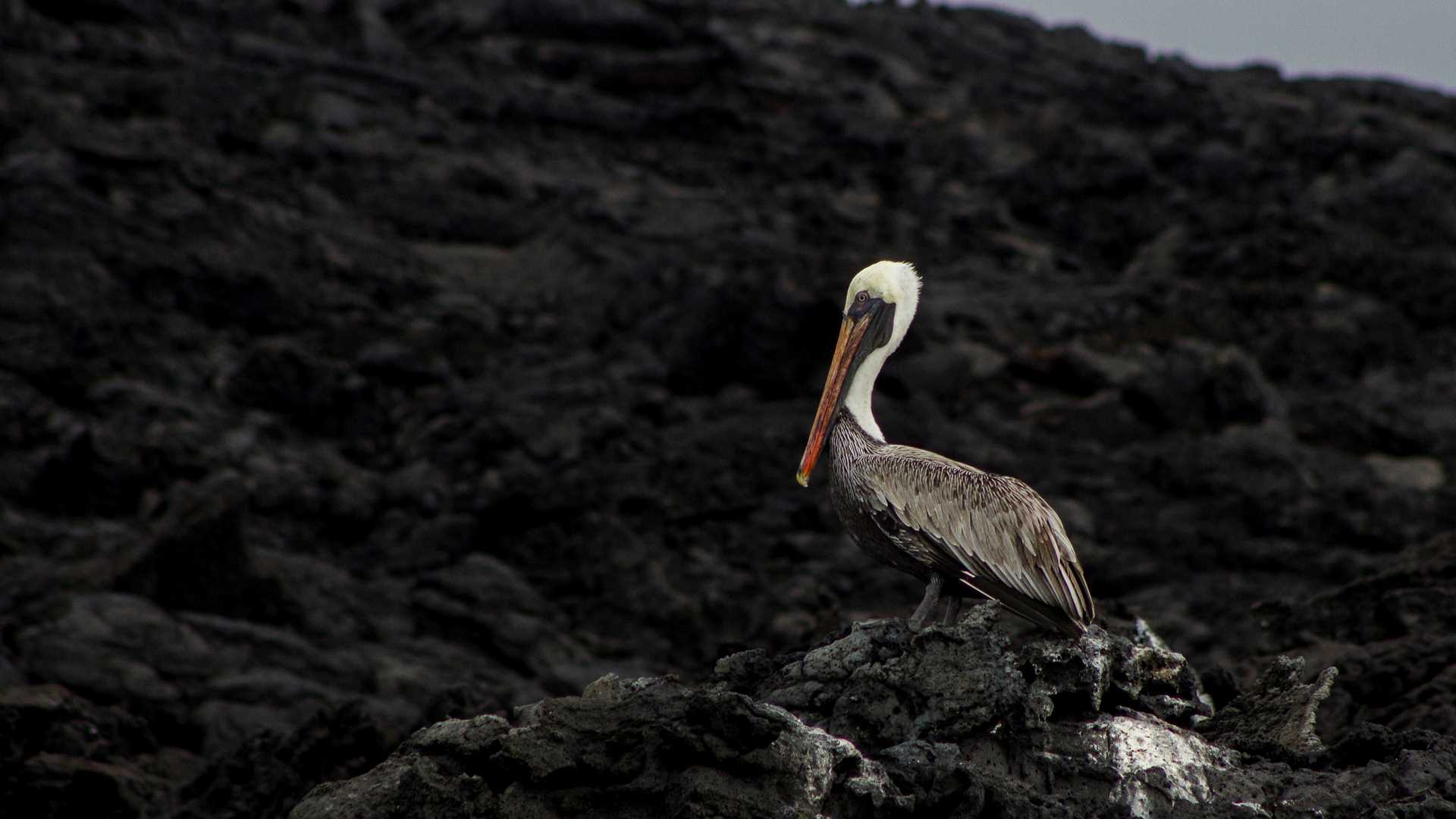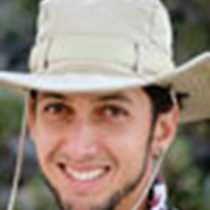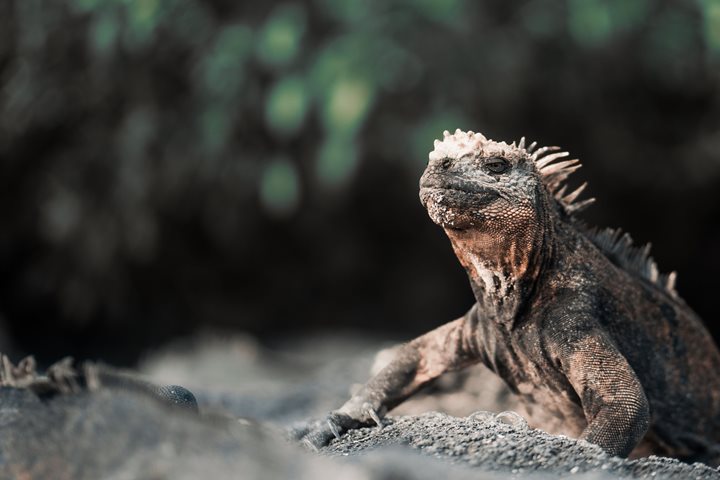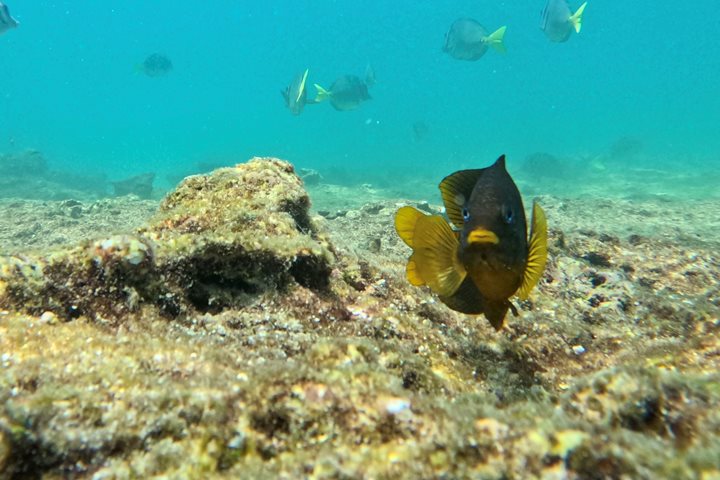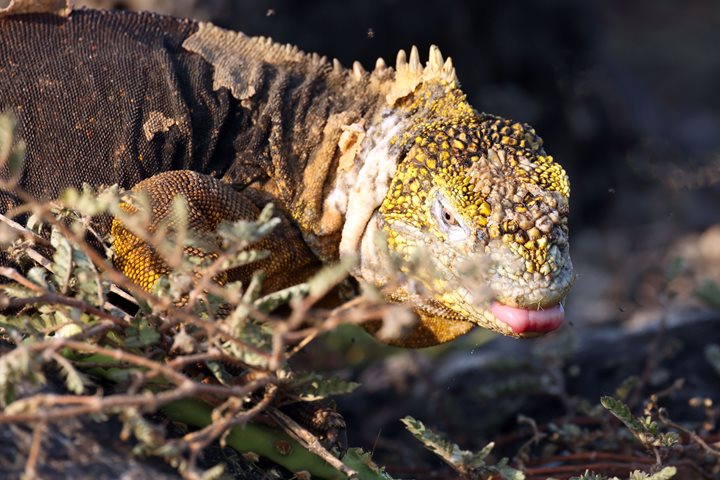A clear sky received National Geographic Islander in the middle of the islets around Chinese Hat and Santiago Island. The first activity was kayaking along the channel in between Chinese Hat and Santiago Island. We explored the area with Zodiacs and kayaks. We were looking for wildlife, as this site is home for small colonies of Galapagos penguins and sea lions.
In the afternoon, we went hiking on a very young lava flow, just over 100 years old. This lava flow covers a big portion of Santiago Island, and it is a good place for understanding how life started in the Galapagos. We walked around a great area of the flow, finding endemic lava cactus and insect species.

